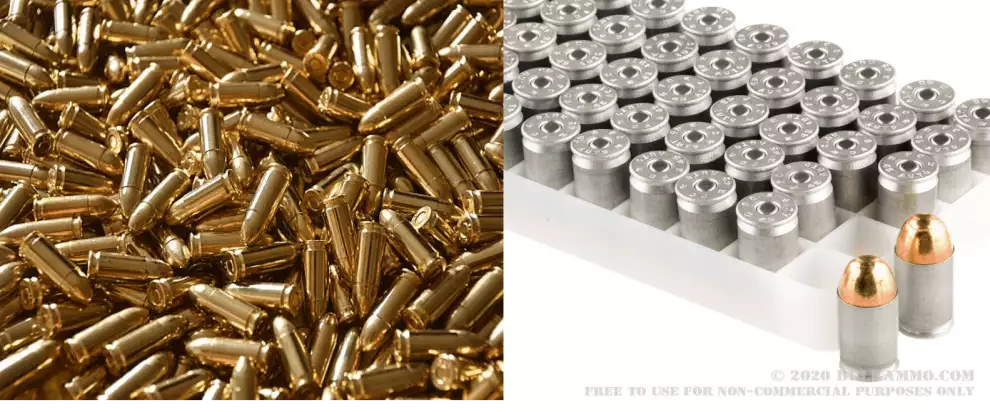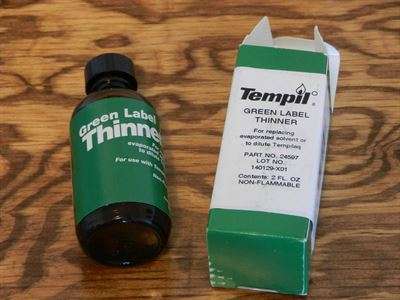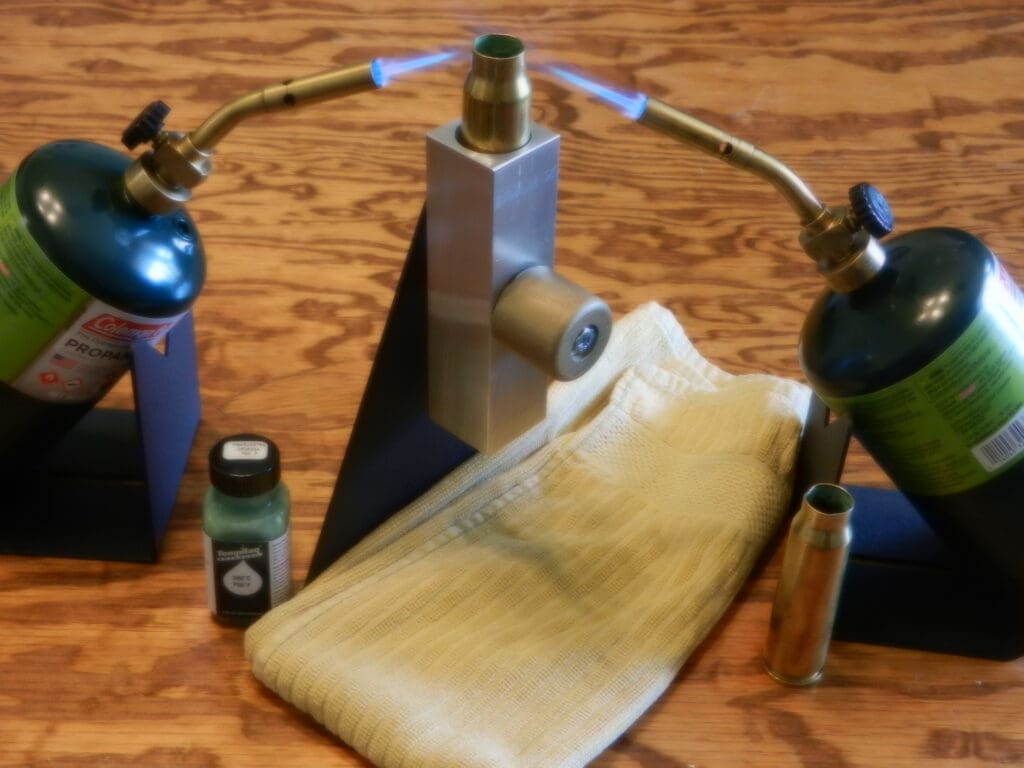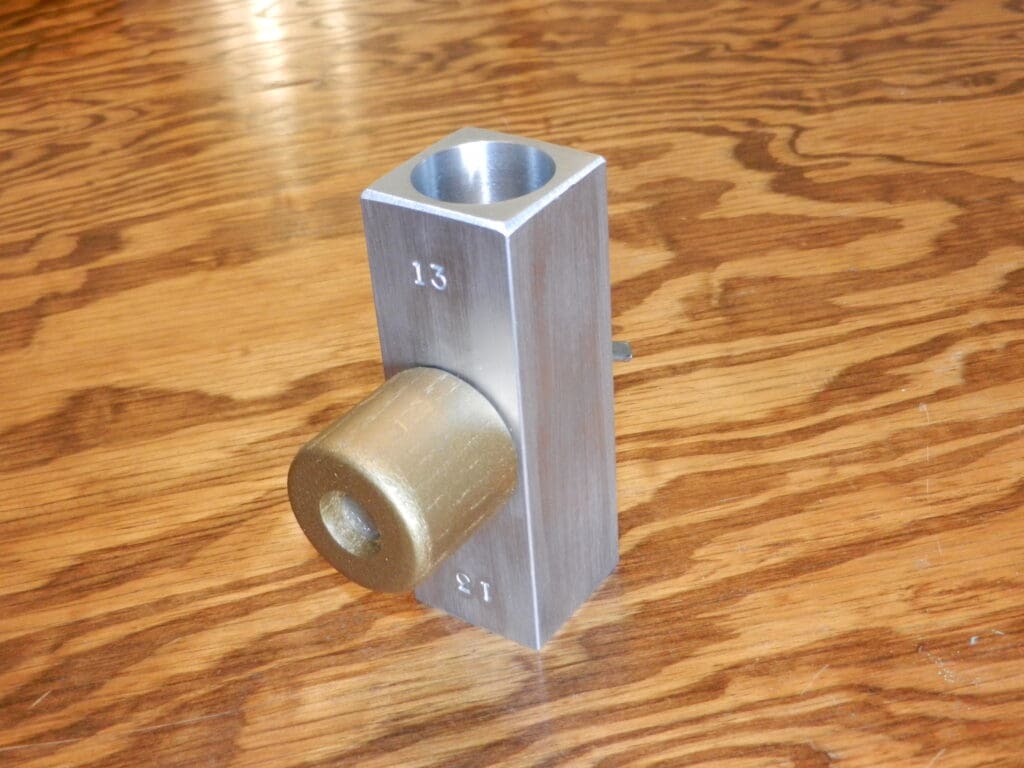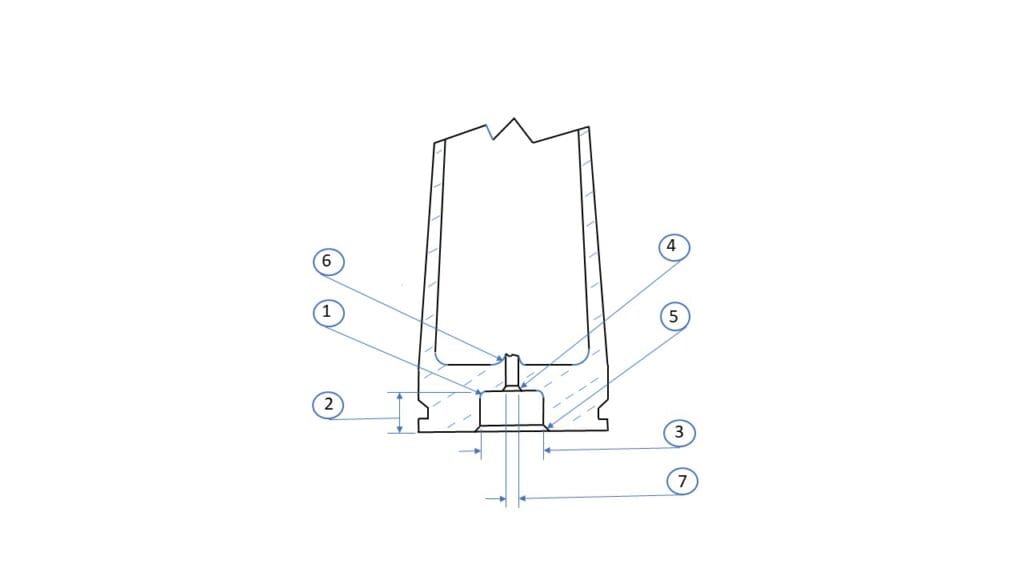The post Brass or Aluminum Ammo Case, which is best? appeared first on Cartridge Anneal.
]]>The post Brass or Aluminum Ammo Case, which is best? appeared first on Cartridge Anneal.
]]>The post USING OUR .45-70 HEADSPACE GAGE appeared first on Cartridge Anneal.
]]>The post USING OUR .45-70 HEADSPACE GAGE appeared first on Cartridge Anneal.
]]>The post ABOUT US appeared first on Cartridge Anneal.
]]>The post ABOUT US appeared first on Cartridge Anneal.
]]>The post STORING TEMPILAQ appeared first on Cartridge Anneal.
]]>The post STORING TEMPILAQ appeared first on Cartridge Anneal.
]]>The post PROPER AMMUNITION STORAGE appeared first on Cartridge Anneal.
]]>The post PROPER AMMUNITION STORAGE appeared first on Cartridge Anneal.
]]>The post 20mm Vulcan Case Annealer appeared first on Cartridge Anneal.
]]>The post 20mm Vulcan Case Annealer appeared first on Cartridge Anneal.
]]>The post Cartridge Case Primer Pocket Truing for Accuracy! appeared first on Cartridge Anneal.
]]>The post Cartridge Case Primer Pocket Truing for Accuracy! appeared first on Cartridge Anneal.
]]>The post Everything You Should Know About Annealing Your Brass appeared first on Cartridge Anneal.
]]>The post Everything You Should Know About Annealing Your Brass appeared first on Cartridge Anneal.
]]>The post Are There Factors Affecting the Cartridge Case Life? appeared first on Cartridge Anneal.
]]>If you repeatedly bend a wire coat hanger back and forth, it will eventually break at that point. This is because the wire has lost its elasticity and is now workhardened. The same thing happens whenever your cartridge is fired and reloaded. The neck of the cartridge expands away from the ullet. It becomes harder when you resize the cartridge back to its original diameter during the reloading process.
If you expand and resize the neck of a bottle or case too often, it will eventually lose its elasticity and split. To prevent this from happening, you need to soften the necks of the cases by annealing them as required.
How Its Structures Affect Cartridge Case Life
A case that is harder in the head area can withstand higher chamber pressures before the primer pocket expands. However, manufacturers have no agreement on how hard the head of the case should be. For example, 6.5-284 Norma brass made by Norma and Lapua have different hardness levels.
How to Extend the Lifespan of Your Cases
An easy way to make your cases last longer is to shoot at a lower velocity than what they are rated for. For example, a .22 Hornet can shoot at 2,900 feet per second, but if you lower the velocity to 2,700 feet per second, the cases will last much longer. This is more important for someone who shoots a lot than someone who only hits a few rounds a year.
This means that instead of screwing the die all the way into the press so it’s flush with the shell holder, you should only screw it in until it barely makes contact with the shoulder of the case. This will help extend the life of your cases.
A neck-sizing die only work-hardens the neck of a case, which extends the case life more than if you were to full-length resize. This is a good option for varmint and target shooting, but you should always full-length resize when loading for big game hunts.
Primers can also affect the lifespan of a cartridge. Corrosive primers started to break down brass as soon as the round was fired, so when Remington introduced non-corrosive primers in the late 1920s, it significantly increased cartridges’ longevity.
Most commercial ammunition has used non-corrosive primers since then. Still, ammunition loaded for the military in the US and other countries continued to use corrosive primers for many years after that. Some are still being sold on the surplus market.
Conclusion
Knowing where the brass came from is important because you don’t want to end up with brass incompatible with the reloading equipment you have or brass damaged from being fired in a full-auto weapon. Keep in mind the above information, and it will become easier for you to extend your case’s lifespan.
Do you need an annealing machine? Check out Enterprise Services, LLC. When you’re ready to start annealing the necks of your cartridge brass cases, you want a machine that is efficient, accurate, and reasonable. No product fits that description better than our Anneal-Rite brass annealing system. It anneals cartridge brass necks at precisely the proper temperature; it is sturdy and affordable. Shop now!
The post Are There Factors Affecting the Cartridge Case Life? appeared first on Cartridge Anneal.
]]>The post Primer Seating Depth – SALES PROMO. appeared first on Cartridge Anneal.
]]>The post Primer Seating Depth – SALES PROMO. appeared first on Cartridge Anneal.
]]>